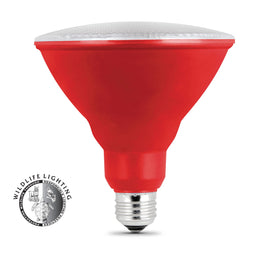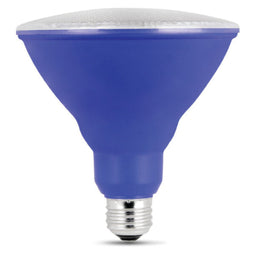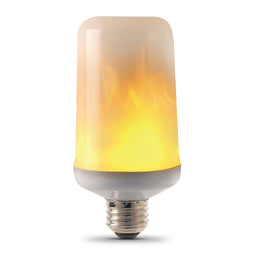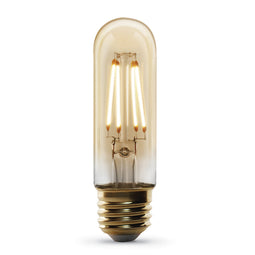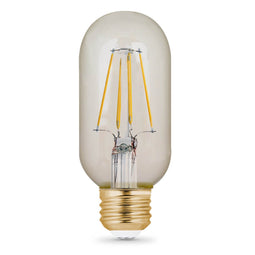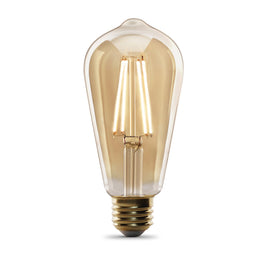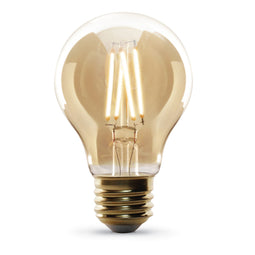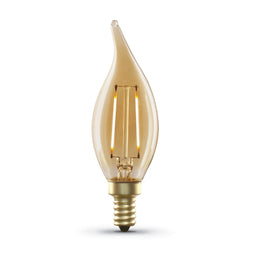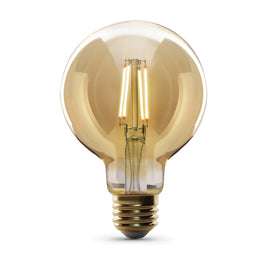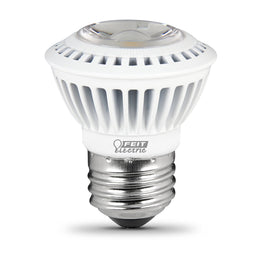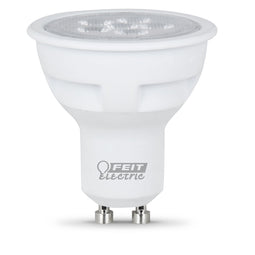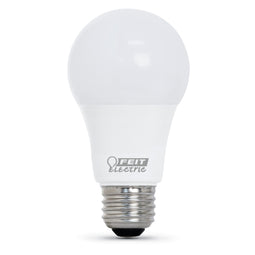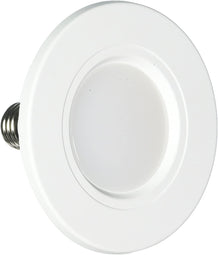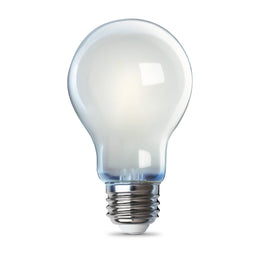Collection: Chandelier Lighting
Shop by Cabinet Type
Wattage
Color Temperature
Size
Color
Mounting
Features
Wattage Replacement
Lumens
Approvals / Ratings
Arm Support
Type
Back Type
Material
Shape
Direction
Pieces Include
Style
Thickness
Collections
Bulb Color
Wire Color
Seat
Light Color
Bulb Type
Finish
Cooling Capacity
Ton
Shade
Temperature Range
Liter
Door Type
Drawer Type
Input Voltage
Shop By Cabinet Sub-Category
Door Width
Door Height
Texture Name
Handle Material
Edge Type
Water Protection
Drain Placement
Installation
Faucet Hole
Wear layer
About Chandelier Lighting
Gone are the days when people used to think a chandelier was limited to the dining area where family and friends gather to enjoy food. Modern chandeliers are becoming much more popular in home lighting and decoration plans. If you are planning a home renovation or just wanting a fresh new look for your home, we highly recommend you check out the information listed below.
A Brief History about Chandeliers
The word chandelier is derived from the Latin word candelabrum, which means an ornamental branched holder for more than one candle. Modern chandeliers come in different designs and types of light, and they have been in existence since the medieval era, most popular in palaces and homes of the noble class. It wasn't until the 18th century when artists started using lead crystal in their designs that chandeliers began looking like what we picture today.
Chandeliers in residential homes have been traditionally limited to the dining area and sometimes the foyer, but as times have changed, so has this perception. Modern designers have left nothing to chance for ensuring a beautiful home with elegant lighting patterns. Whether in a living room or even a bathroom, chandeliers appear to be everywhere.
Are modern chandeliers and pendant lights the same thing?
Although similar, pendant lights and chandeliers are not the same thing. They are both hanging fixtures that provide good lighting, but that's where their similarities end. Pendants are hanging lights with only a single bulb (or few more) that illuminates a limited area, whereas chandeliers have multiple bulbs that brighten entire rooms. Chandeliers are typically quite bulky when compared to pendants.
Pendants can be placed in just about any room while chandeliers are limited to rooms large enough to accommodate them, and although similar, they are not related. The closest relative chandeliers have are girandoles, which are ornamental branched candlesticks or light fixtures consisting of several candles/lights that stand on a flat surface or project from a wall.
Points to Consider When Buying a Chandelier
There are some important details to consider before purchasing a hanging light of this size. A prospective buyer should have a thorough understanding of the following:
Area
A well-lit room creates great appeal and you should consider hanging a chandelier in any of the following areas:
- Bedrooms
- Kitchens
- Dining Rooms
- Bathrooms
- Outdoor Patios
- Entryways
Size
The size of your new hanging light depends almost exclusively on the dimensions of your room. As a thumb rule you can go with this formula:
Length + Width of the room (in feet) = Diameter of the chandelier (in inches)
For example, a 20 foot by 20-foot room should use a chandelier with a 40-inch diameter.
Large areas of a home like a living room can use one large chandelier or more than one of medium size. In the case of bedrooms, opting for hangings with 12 lights or more is a good choice and for smaller areas like a bathroom, the one having 6 LED bulbs or 8 bulbs is sufficient.
If you're placing the chandelier over a dining room table, the standard rule is the diameter of the fixture is one half to two-thirds the width of the table. For example, if the table is 42 inches wide, the chandelier should be anywhere from 21 inches to 28 inches in diameter. Staying in this range keeps the proportions right.
Height
Regardless of where you place the chandelier, most experts agree on hanging the fixture at least 7 feet from the ground, but if you like the way it looks, that's all that matters. Almost every chandelier is accompanied by ten-foot-long wire and a six-foot chain.
- If installing in the dining area, we recommend hanging the fixture 30 to 36 inches above the surface of the table. Please note this rule is for eight-foot ceilings, and the general rule is to raise the height three inches for every additional foot of ceiling. For example, we recommend hanging a chandelier 36 to 42 inches above the dining room table if the ceiling is ten feet high.
Can we use Chandeliers in Wet or Damp Areas?
Moisture is a major concern for lighting and any other sort of electrical installation. Outdoor chandeliers are more prone to damage caused by moisture and damp conditions, so make sure the fixtures are rated wet or damp locations. The same goes for bathrooms that are constantly exposed to wet and damp conditions, and do not hang chandeliers directly over toilets, bathtubs, sinks or showers.


 LED High Bay
LED High Bay  LED Tubes
LED Tubes  Smart Ceiling Fans
Smart Ceiling Fans  LED Integrated Tubes
LED Integrated Tubes  LED Light Bulbs
LED Light Bulbs  LED Cooler Tubes
LED Cooler Tubes  LED Panel Lights
LED Panel Lights  LED Downlights
LED Downlights  LED Troffer Lights
LED Troffer Lights  LED Flush Mount Fixtures
LED Flush Mount Fixtures  LED Vanity Mirrors
LED Vanity Mirrors  LED Exit Sign /Emergency Lights
LED Exit Sign /Emergency Lights  LED Under Cabinet Lights
LED Under Cabinet Lights  LED Strip Lights
LED Strip Lights  Chandeliers & Pendant Lights
Chandeliers & Pendant Lights  LED Wall Sconces
LED Wall Sconces  Semi Flush Mount Lights
Semi Flush Mount Lights  Ceiling Lights
Ceiling Lights  Table Lamp
Table Lamp  Floor Lamp
Floor Lamp  Ceiling Lamps
Ceiling Lamps  Bathroom Lighting
Bathroom Lighting  LED Neon Flex lights
LED Neon Flex lights  LED Work Lights
LED Work Lights  Beautine
Beautine  LED Pole Lights
LED Pole Lights  LED Flood Lights
LED Flood Lights  LED Canopy Lights
LED Canopy Lights  LED Corn Bulbs
LED Corn Bulbs  LED Wall Packs
LED Wall Packs  LED Post Top Light
LED Post Top Light  LED Modules & Sign Bars
LED Modules & Sign Bars  LED Solar Batten Light
LED Solar Batten Light  Outdoor Wall Sconce
Outdoor Wall Sconce  Bollard Lights
Bollard Lights  LED Solar Wall Packs
LED Solar Wall Packs  Outdoor Wall Lighting
Outdoor Wall Lighting  Outdoor Step Lights
Outdoor Step Lights  LED Up and Down Light
LED Up and Down Light  Wall Pack Lights
Wall Pack Lights  LED Tube Light
LED Tube Light  Cables & Extensions
Cables & Extensions  Mounting Accessories
Mounting Accessories  Sensors & Dimmers
Sensors & Dimmers  LED Strip Light Accessories
LED Strip Light Accessories  Power Pack
Power Pack  Luxury Vinyl Plank Flooring
Luxury Vinyl Plank Flooring  Waterproof Vinyl Flooring
Waterproof Vinyl Flooring  Wood Look Vinyl Flooring
Wood Look Vinyl Flooring  Glue Down Vinyl Plank
Glue Down Vinyl Plank  Waterproof Laminate Flooring
Waterproof Laminate Flooring  COREtec Flooring
COREtec Flooring  Shaw Flooring
Shaw Flooring  Lux Flooring
Lux Flooring  Permshield
Permshield  Flooring Tools
Flooring Tools  Backer Board
Backer Board  Floor Levelers
Floor Levelers  Tile Mortar
Tile Mortar  Tile Grout
Tile Grout  Flooring Adhesive
Flooring Adhesive  Flooring Sealers
Flooring Sealers  Transition Strips
Transition Strips  View All Flooring Supplies
View All Flooring Supplies  Area Rugs
Area Rugs  5' X 7' Area Rugs
5' X 7' Area Rugs  8' X 10' Area Rugs
8' X 10' Area Rugs  8' X 11' Area Rugs
8' X 11' Area Rugs  Rectangle
Rectangle  Outdoor Rugs
Outdoor Rugs  Rug Pads
Rug Pads  Door Mats
Door Mats  Stair Runners
Stair Runners  View All Area Rugs
View All Area Rugs  Anatolia
Anatolia  Castello
Castello  AWP
AWP  Decovita
Decovita  Forest Element
Forest Element  IWT
IWT  MSI
MSI  Panaria Group
Panaria Group  STO
STO  VIK
VIK  Porcelain Tile
Porcelain Tile  Ceramic Tile
Ceramic Tile  Marble Tile
Marble Tile  Glass Tile
Glass Tile  Natural Stone Tile
Natural Stone Tile  Wood Look Tile
Wood Look Tile  Subway Tile
Subway Tile  Marble-Look Tile
Marble-Look Tile  Penny Tile
Penny Tile  Backsplash Tile
Backsplash Tile  Floor Tile
Floor Tile  Wall Tiles
Wall Tiles  Large Format Tile
Large Format Tile  Mosaic Tile
Mosaic Tile  Hexagon Tiles
Hexagon Tiles  Brick Look Tile
Brick Look Tile  Picket Tile
Picket Tile  Tile Edge Trim
Tile Edge Trim  Pull-Down Faucets
Pull-Down Faucets  Pull-Out Faucets
Pull-Out Faucets  1-Handle Standard Faucets
1-Handle Standard Faucets  2-Handle Standard Faucets
2-Handle Standard Faucets  Bar Faucets
Bar Faucets  Bridge Kitchen Faucets
Bridge Kitchen Faucets  Drop-In Sinks
Drop-In Sinks  Undermount Sinks
Undermount Sinks  Farmhouse Sinks
Farmhouse Sinks  Bottom Grid
Bottom Grid  Colander
Colander  Cutlery
Cutlery  Garbage Disposal Flange
Garbage Disposal Flange  Storage Bins
Storage Bins  Soaking Tub
Soaking Tub  Alcove Bath Tubs
Alcove Bath Tubs  Freestanding Bathtubs
Freestanding Bathtubs  Bathtub Combo
Bathtub Combo  Single Sink Bathroom Vanities
Single Sink Bathroom Vanities  Double Sink Bathroom Vanities
Double Sink Bathroom Vanities  Side Cabinets
Side Cabinets  Console Sinks
Console Sinks  Vanity Sink Tops
Vanity Sink Tops  Bathroom Vanities Without Tops
Bathroom Vanities Without Tops  Bathroom Vanities With Tops
Bathroom Vanities With Tops  24 - 26 Inch Vanities
24 - 26 Inch Vanities  High Gloss White
High Gloss White  High Gloss Ash Gray
High Gloss Ash Gray  High Gloss Gray
High Gloss Gray  Black
Black  Rosewood
Rosewood  Natural Oak
Natural Oak  Dark Gray Oak
Dark Gray Oak  New England Oak
New England Oak  White Oak
White Oak  Cement Gray
Cement Gray  Vessel Sinks
Vessel Sinks  Smart Toilets
Smart Toilets  22 Inch Round
22 Inch Round  24x36 Inch
24x36 Inch  36x36 Inch
36x36 Inch  36x48 Inch
36x48 Inch  Shower Panel Systems
Shower Panel Systems  Shower Systems
Shower Systems  Shower & Bathtub Doors
Shower & Bathtub Doors  Shower and Bathtub Wall Surrounds
Shower and Bathtub Wall Surrounds  Shower Base
Shower Base  Shower Seats
Shower Seats  Shower Faucet
Shower Faucet  Shower Heads
Shower Heads  Shower Parts
Shower Parts  Single Hole
Single Hole  Two Hole
Two Hole  Widespread
Widespread  Tub Faucets
Tub Faucets  Tub Filler
Tub Filler  Bath & Shower Grab Bars
Bath & Shower Grab Bars  Bath Set
Bath Set  Towel Bars
Towel Bars  Towel Ring
Towel Ring  Towel Hooks
Towel Hooks  Tub Spouts
Tub Spouts  Tub Supply Elbows
Tub Supply Elbows  Tub Risers
Tub Risers  Tub Mount Couplers
Tub Mount Couplers  Tub Drains
Tub Drains  Wall Union Extension
Wall Union Extension  Pop-Up Drain
Pop-Up Drain  Bathroom Exhaust
Bathroom Exhaust  Vanity Lights
Vanity Lights  Bathroom Wall Lights
Bathroom Wall Lights 